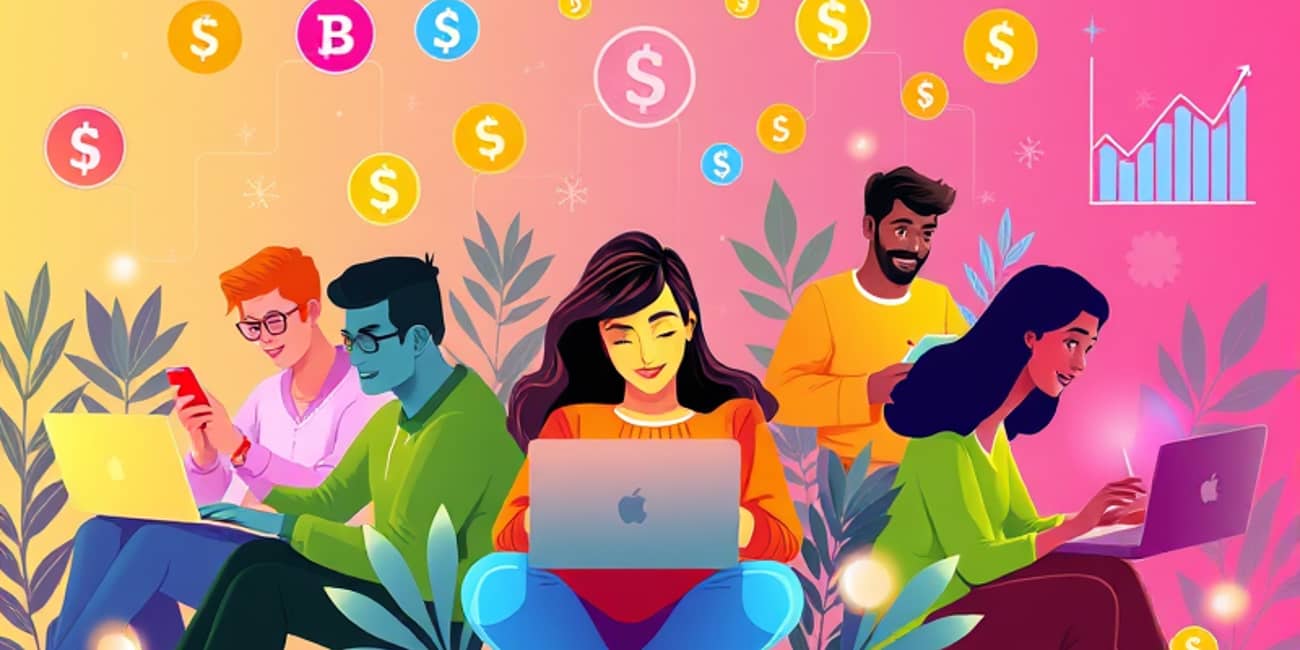In an era marked by technological advancements and financial adaptability, unsecured online loans have emerged as vital tools for many individuals looking for swift access to capital. These loans do not require the pledge of property or assets as collateral, allowing borrowers to rely on their creditworthiness and income history to obtain immediate funds for pressing needs. This guide explores definitions, current trends, application processes, and practical tips, equipping you to confidently navigate the world of no-collateral lending.
From market insights showcasing rapid growth to the rising appeal of Buy Now, Pay Later services, you will discover how to capitalize on opportunities while avoiding common pitfalls. Let’s explore the domain of online loans that do not necessitate collateral and learn how to align them with your financial goals.
Defining Secured and Unsecured Loans
Secured loans—such as mortgages or vehicle loans—are backed by tangible assets. If a borrower defaults, the lender has the right to seize the collateral to recover their losses. In contrast, unsecured loans require no collateral to act as security. Instead, lenders assess credit scores, income levels, and repayment histories. Common forms include personal loans, credit cards, and signature loans. Due to the elevated risk associated with unsecured loans, interest rates are typically higher than those linked to secured loans.
The Growth of Online Unsecured Lending
Recently, there has been a significant surge in online personal loans that do not require collateral. By the end of 2024, the outstanding unsecured personal loan debt in the U.S. was projected to reach an impressive $251 billion, with 24.5 million Americans holding such loans. Loan originations increased by 15% year-over-year, driven by growth across all credit tiers. Delinquency rates dropped to 3.57%, reflecting improved lending practices and borrower resilience. Analysts anticipate continued expansion in the sector for 2025 as digital lenders implement advanced credit evaluation methods and improve accessibility.
How Unsecured Loans Work
The application process for online unsecured loans is generally straightforward. Borrowers typically start with a soft credit inquiry, enabling them to receive pre-qualified offers without affecting their credit scores. After choosing a lender, the next step involves submitting proof of income and banking information. Underwriting algorithms evaluate debt-to-income ratios, credit history, and job stability. Once approved, funds are usually disbursed—often within 24 to 48 hours—directly to the borrower’s bank account. While the absence of collateral means you won’t risk your property, it is essential to practice responsible repayment to prevent damage to your credit profile.
Interest Rates and Loan Terms
Interest rates for unsecured personal loans can vary widely depending on the borrower’s credit profile. Here is a breakdown of typical APRs and loan amounts:
- Excellent credit: 6% – 10%
- Good credit: 11% – 15%
- Fair credit: 16% – 20%
- Poor credit: 21% – 36%
Loan terms generally span from 12 to 60 months. While longer terms may reduce monthly payments, they often lead to increased total interest paid throughout the loan’s duration. It is crucial to assess monthly affordability in relation to the overall cost.
Buy Now, Pay Later: A Modern Trend
Buy Now, Pay Later (BNPL) services, such as Affirm, Klarna, and Afterpay, represent a distinct segment of unsecured lending available at the point of sale. In 2022, 21% of U.S. consumers with credit reports utilized BNPL, with an average purchase amount of $142. Especially popular among younger borrowers, BNPL services offer interest-free installments for brief repayment periods. However, cumulative balances can accrue quickly, significantly contributing to non-mortgage debt for individuals aged 18 to 24.
Risks and Considerations
Unsecured loans carry inherent risks. High APRs and late-payment fees can swiftly inflate your balance. Missing payments often results in additional charges and a drop in your credit score, making future borrowing costlier. Furthermore, predatory lenders may target those with poor credit histories, embedding hidden fees in their loan agreements. It is vital to remain cautious regarding hidden fees and penalties by thoroughly reviewing terms and selecting reputable lending institutions.
Application Process: Step by Step
- Check eligibility and compare pre-qualified offers through a soft credit inquiry.
- Gather necessary documents: proof of income, employment details, and bank statements.
- Complete the full application and consent to a hard credit inquiry.
- Review and accept the loan agreement, focusing on APR, fees, and repayment schedule.
- Receive funds—typically within 1 to 5 business days—directly deposited into your bank account.
Why Choose an Online Unsecured Loan?
- No collateral means you can access funds without jeopardizing your assets.
- Fast, digital processes offer hassle-free online applications and swift approvals.
- Flexible terms enable you to easily consolidate high-interest debt or manage unexpected expenses.
Tips for Comparing Offers and Avoiding Pitfalls
- Compare APRs, origination fees, and prepayment penalties across various lenders to ensure you receive the best rates.
- Calculate total repayment amounts instead of focusing solely on monthly payments.
- Maintain your debt-to-income ratio below 36% to improve your chances of approval.
- Investigate customer reviews and lender credentials to identify potential predatory practices.
Conclusion
Online unsecured loans represent a valuable resource for borrowers seeking quick, collateral-free financing. By understanding market trends, analyzing rates, and following a clear application process, you can leverage these loans to achieve your financial objectives. Always proceed with caution: carefully read the fine print, budget sensibly, and choose reliable lenders. With informed decisions and responsible borrowing, you can empower your financial future today, transforming immediate funding into long-term stability.



